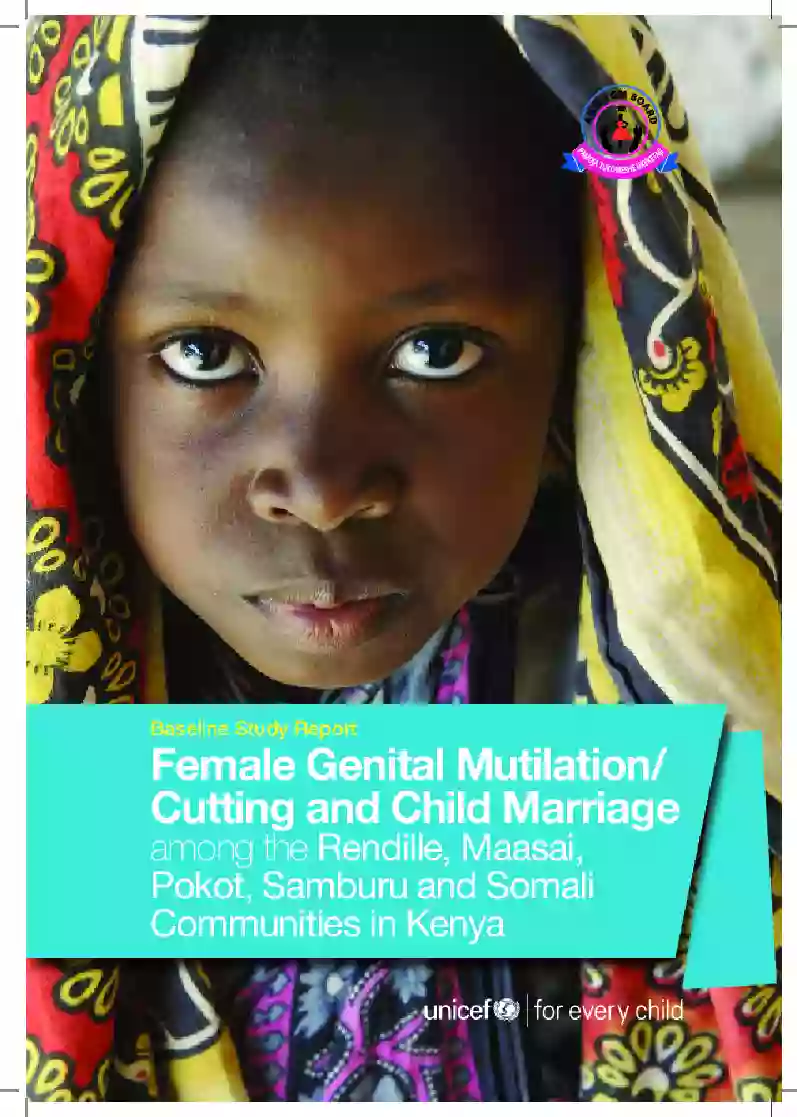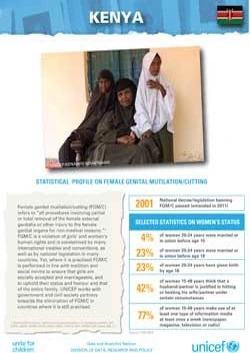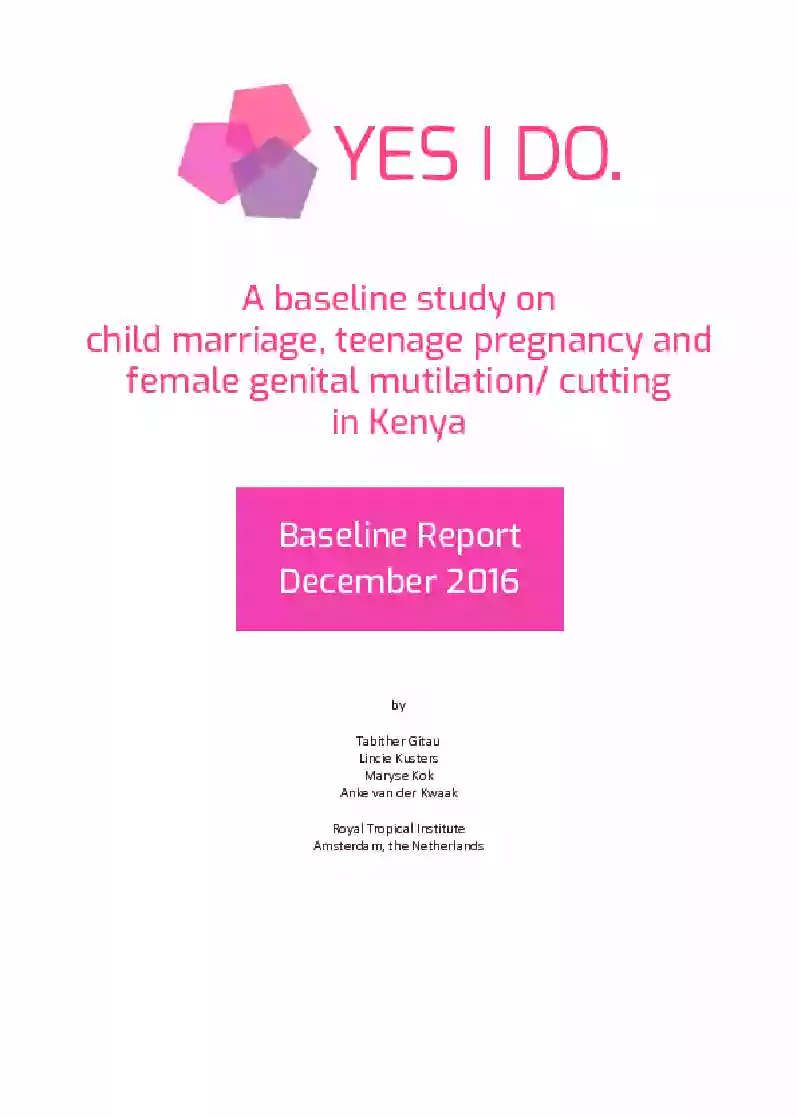Home | Research & Resources | Kenya
Key Findings
The prevalence of FGM/C among women aged 15–49 in Kenya is 14.8%.
92% of women and 93% of men aged 15–49 believe that FGM/C should be stopped.
Geography
The region with the highest prevalence is in the north-east
Age
45.6% of women aged 15–49 who have undergone FGM/C were cut between the ages of 5 and 9
Type
‘Cut, flesh removed’ is the most common type of FGM/C practised (70.1%)
Agent
82% of FGM/C on women aged 15–49 was carried out by ‘traditional circumcisers’
Distribution of FGM/C across Kenya
Prevalence varies greatly depending on the region – the (former) province with the highest prevalence is North Eastern (97.5% of women aged 15–49), and the province with the lowest is Western (0.8%). Prevalence is more common among women who live in rural areas, at 18.4%, than among women who live in urban areas, at 9.7%.
FGM/C is practised across all ethnic groups and religions, although to varying degrees. The highest prevalences are among Muslim women (51.1% of women aged 15–49) and the Somali (86.9%), Kisii (70.9%), Maasai (56.7%), Somali (86.9%), and Samburu (75.9%).
92% of women aged 15–49 and 93% of men in the same age-range believe that FGM/C should not be continued.
Trends in FGM/C Prevalence in Kenya
The prevalence of FGM/C in Kenya has dropped from 37.6% of women aged 15–49 in 1998 to 21% in 2014 to 14.8 in 2021. Due to the large age-range of women included, however, the overall prevalence alone may not fully reflect the progress that has been made in recent years.
The progress toward ending FGM/C in Kenya is encouraging. Overall, the incidence of the practice is decreasing. However, there are aspects in Kenya that remain concerning. These include the medicalisation of the practice (in other words, FGM/C performed by healthcare workers), changes in the type of cutting performed (‘less severe’ types of FGM/C and the cutting of younger girls), hotspots where the practice continues, and cross-border FGM/C.
FGM/C Legislation in Kenya
The Prohibition of Female Genital Mutilation Act, which came into effect on 4 October 2011, is the principal legislation governing FGM/C in Kenya. It is a federal act criminalising all forms of FGM/C and is one of the most comprehensive in Africa. Implementation and enforcement of the law remain a challenge, however.
Development Indicators
Population Growth
59,651,275 (as of 22 May 2024), with a 2.65% growth rate (2024 est.)
Infant Mortality
28 deaths per 1,000 live births (2021)
Maternal Mortality
530 deaths per 100,000 live births (2020)
SDG Gender Index
Ranked 110 out of 144 countries with a score of 56.2% (2022)
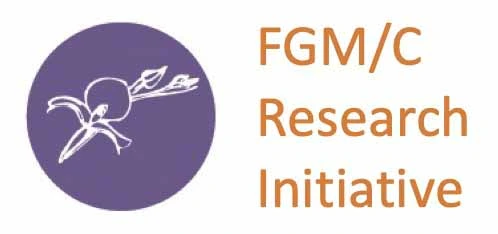

.webp)
.webp)
.webp)
.webp)
.webp)
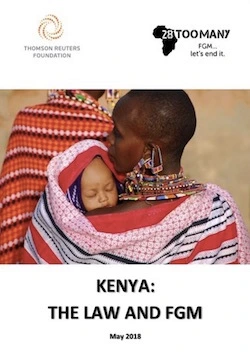
_swahili_cover.webp)
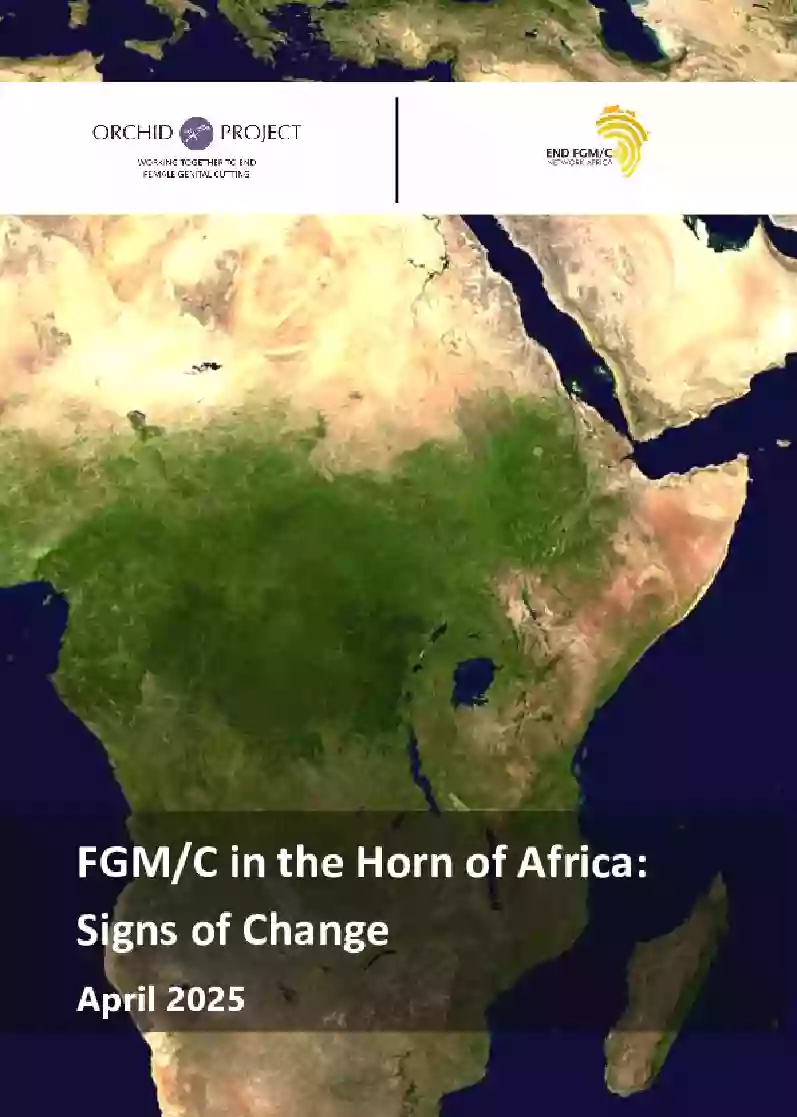
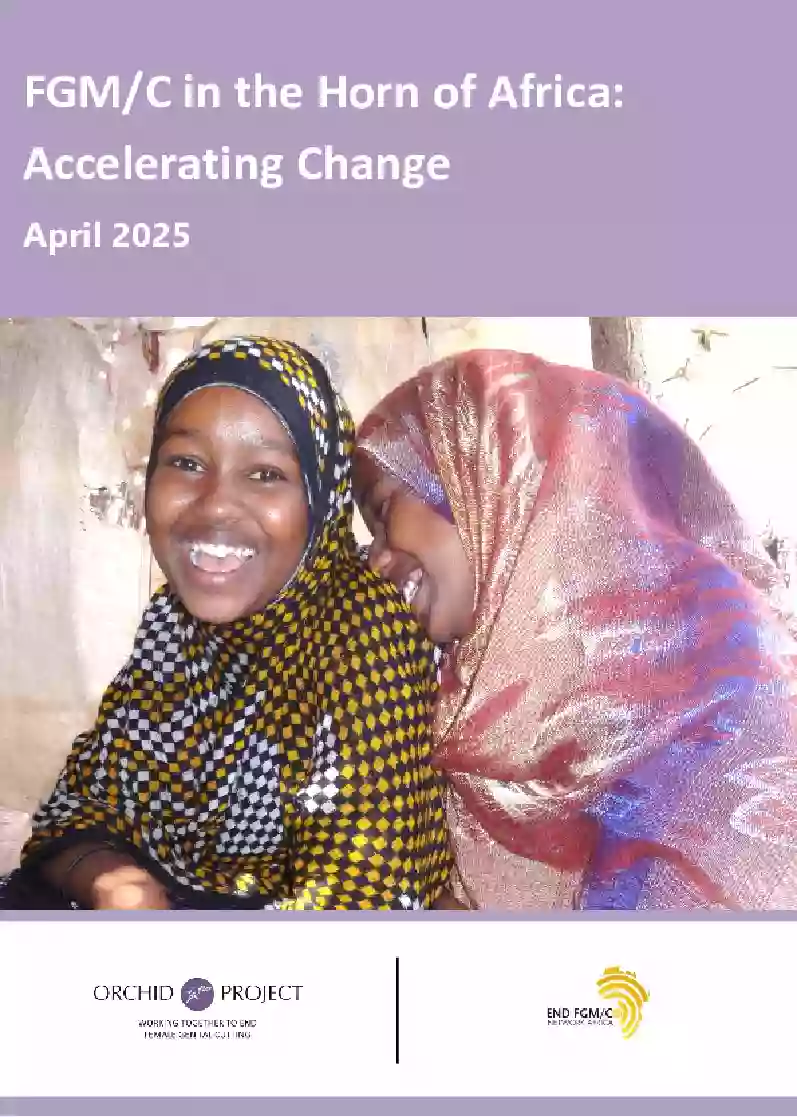
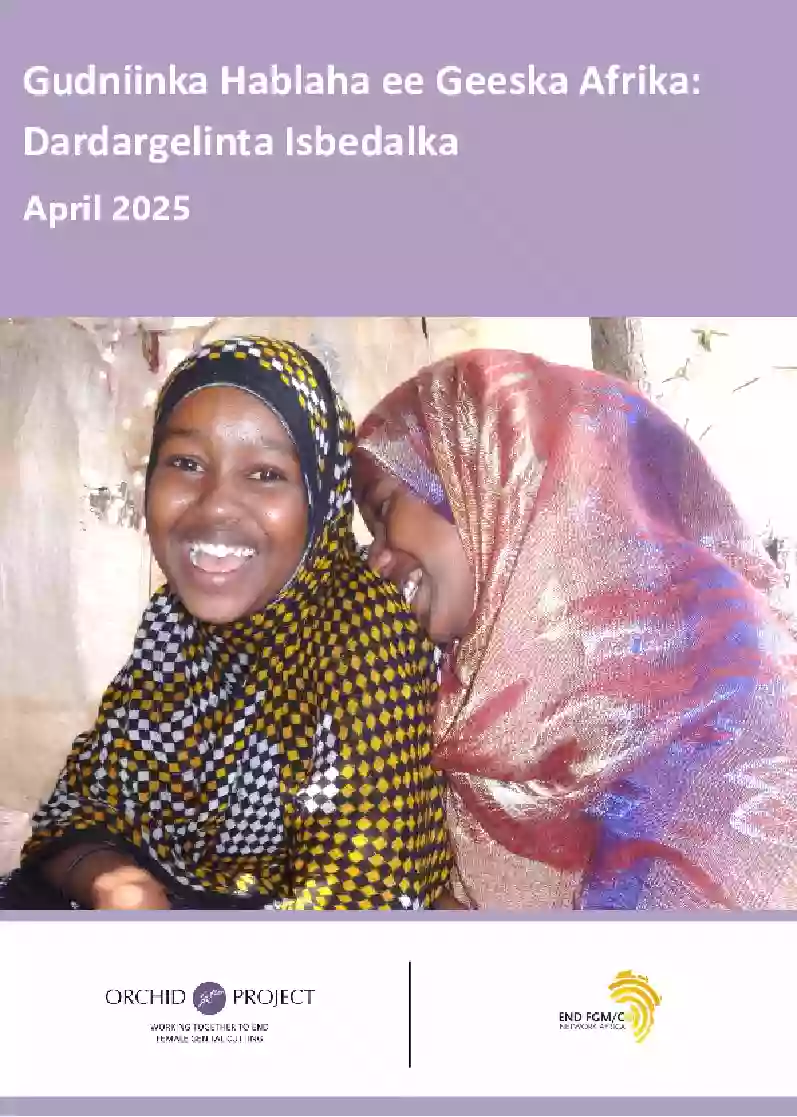
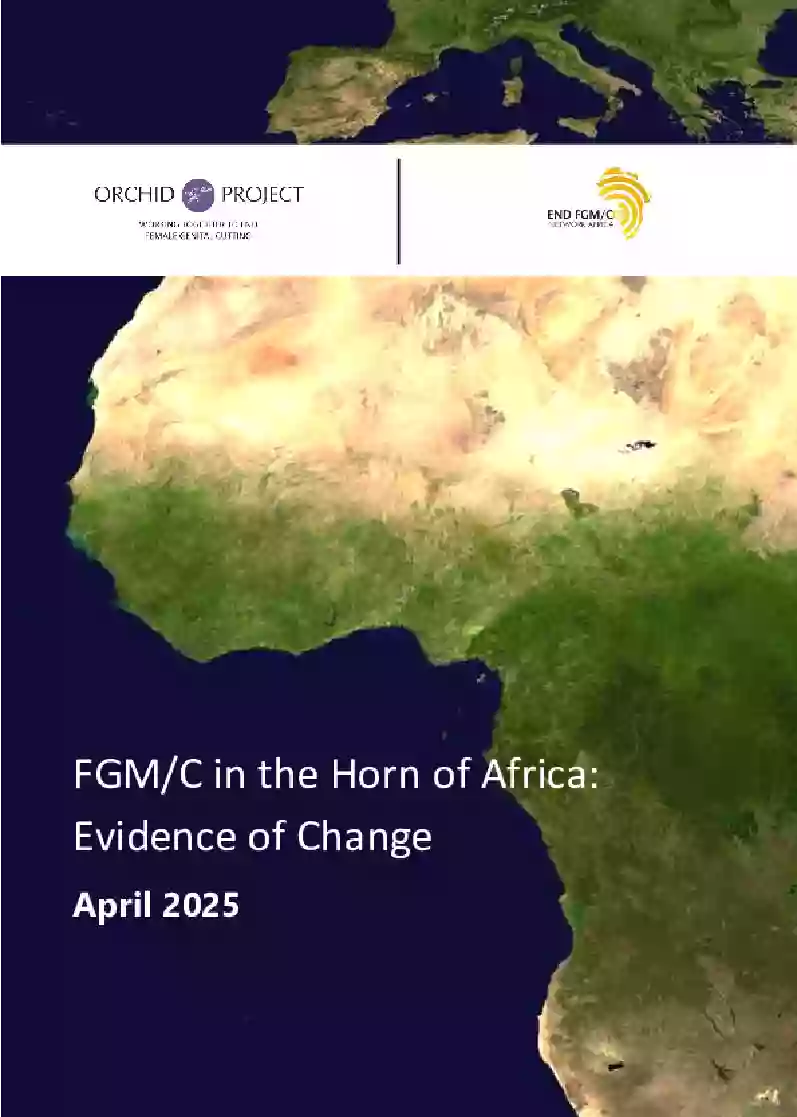
.png)
_cover.webp)
.webp)
_v2.webp)
_no_border_-_swahili.webp)
_cover.webp)
